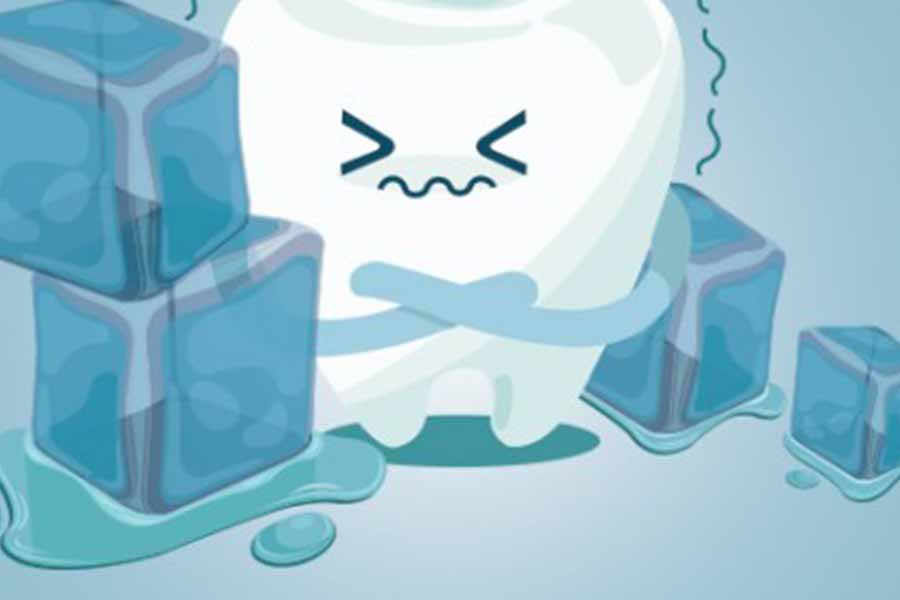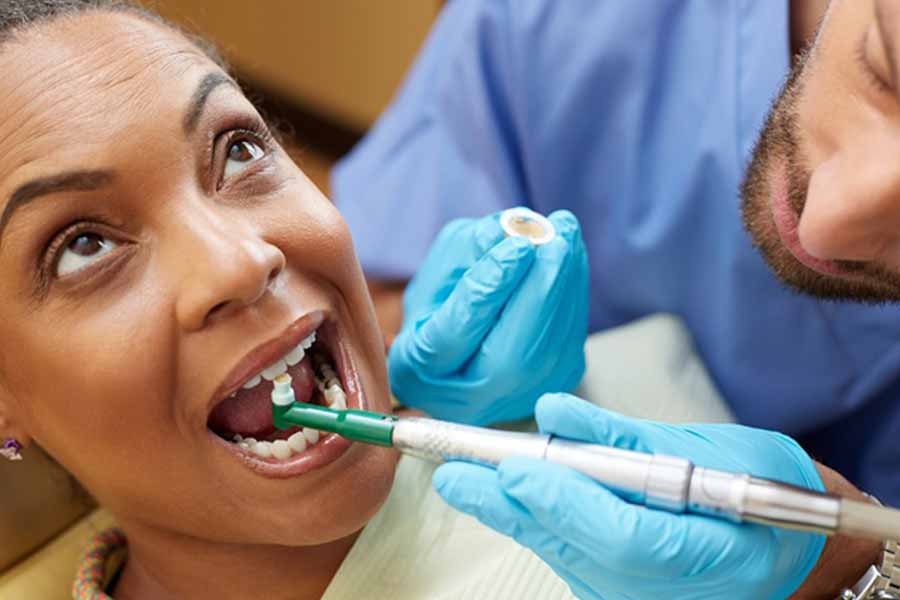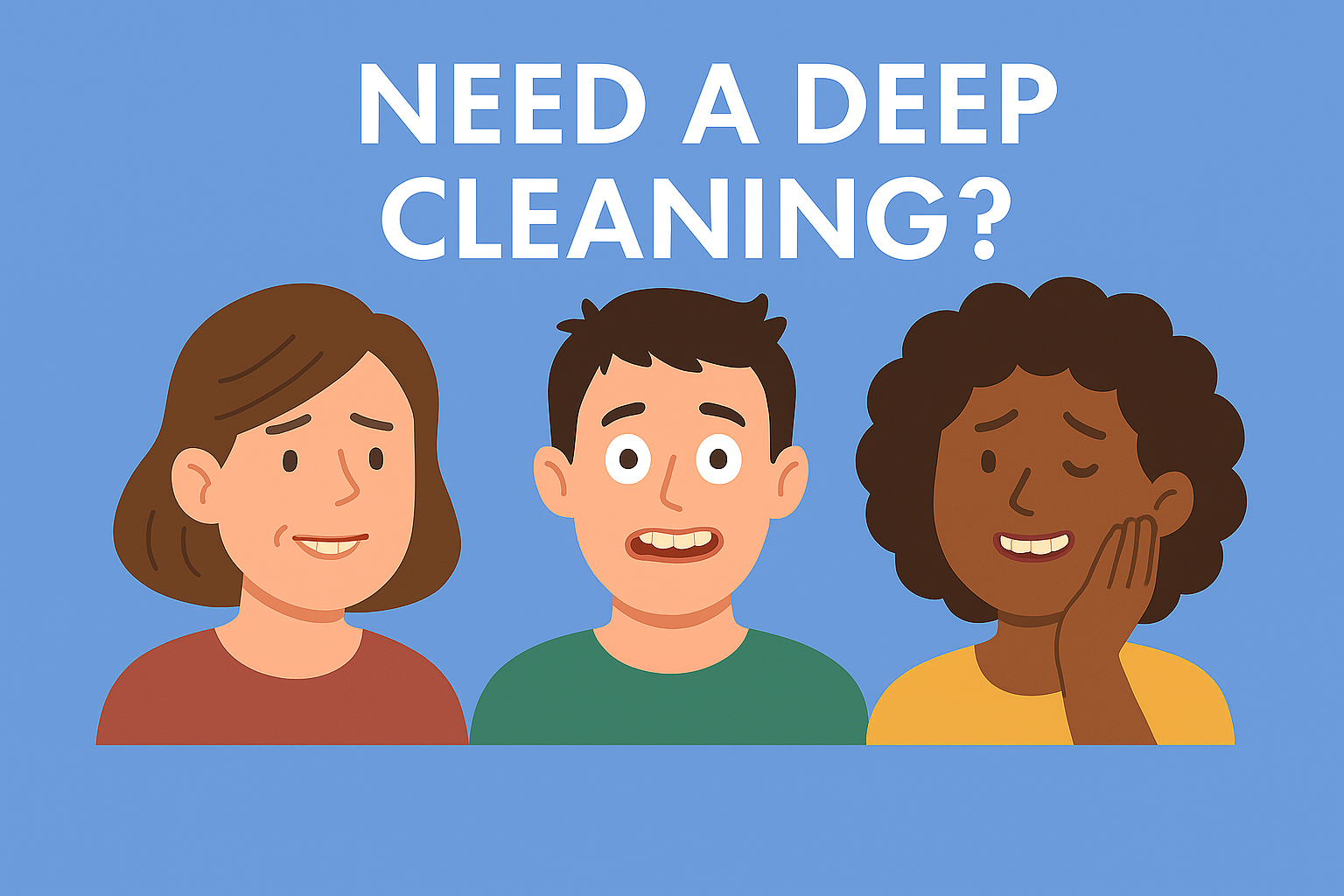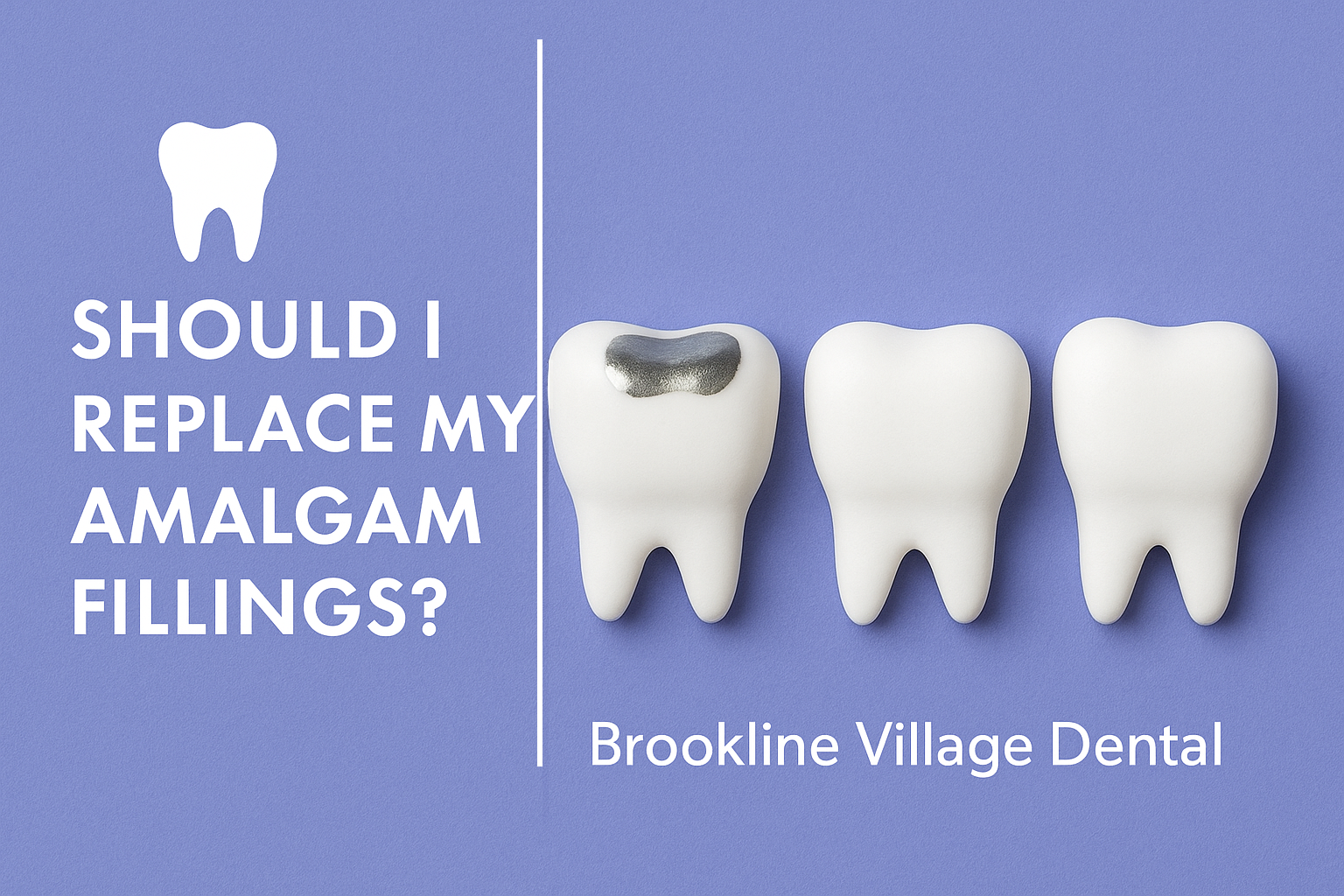Most people are aware that brushing your teeth is an important part of good oral care, and that not brushing your teeth properly can lead to cavities, inflamed gums and other health complications.
But did you know it’s possible to brush your teeth too much or too hard? Read on to learn seven common tooth-brushing mistakes – and how to avoid them.
1. You’re not using the right toothbrush.
When picking a toothbrush, many people forget to consider their mouth size. If you’re straining to open your mouth in order to get the toothbrush in, it’s too big. You should also be able to easily move the brush over and around all of your teeth, even the very back ones.
2. You’re not picking the right bristles.
Do you spend hours picking out your toothbrush based on whether the bristles are angled or straight? What about the toothbrushes that have “gum massagers” and super-fine bristles intermixed with thicker bristles. What toothbrush is better? Angled or straight?
Here’s the funny thing – the angle of the bristle matters much less than the hardness of the bristle. And the hardness of the bristle is less important than your technique. The American Dental Association recommends a soft-bristled toothbrush. Toothbrushes with stiff bristles can aggravate your gums and teeth. Generally speaking, your toothbrush bristles should be stiff enough to remove plaque, but not stiff enough to damage your teeth.
3. You don’t brush often enough or when you do brush, you don’t brush long enough.
You should brush your teeth softly at least twice a day. Brushing after meals is recommended. When you wait too long to brush your teeth after meals or between brushings, plaque builds up and opens you up to the risk of tooth decay and gum inflammation.
It should take you at least two minutes to brush your teeth, three is even better. Try dividing your mouth into “30-second quadrants” where you divide your mouth into four sections and brush each one for 30 seconds.
4. You brush your teeth too hard or too often.
If you brush your teeth more than four times a day, it could contribute to the root of your tooth being exposed. Brushing too hard or too often can also erode your tooth enamel, gum tissue, and root surfaces. The best course of action is to brush very gently for two to three minutes, two to three times daily.
5. You have bad tooth-brushing technique.
If you use long, horizontal strokes across the top of your teeth, you could be irritating your gums and causing abrasions on your gum line. It is recommended that you brush your teeth in an up-and-down or circular motion, not horizontal. Also, be sure to brush the outer and inner tooth surface, the chewing surfaces, cheeks and tongue.
6. You don’t let your toothbrush dry.
Did you know that if your toothbrush is always moist it will cultivate bacteria? Don’t let your toothbrush stay soggy. Rinse your toothbrush well, and then shake out the moisture after you are done brushing. If you use a toothbrush cap, be sure it’s the kind that allows air in.
7. You don’t change your toothbrush often enough.
The American Dental Association recommends that you change your toothbrush at least every three to four months. You should change out your toothbrush sooner if the bristles look like they’re getting frayed. A good rule of thumb is to keep a close watch on your bristles. When they lose their normal flexibility or start to break apart, get a new one.
We Care About Your Smile
At Brookline Village Dental, we’re concerned with teaching you good home care as well as giving them excellent patient care when they are in our office. Visit call us today to make an appointment for a cleaning, checkup or teeth whitening. We offer dental discounts to students and seniors.






